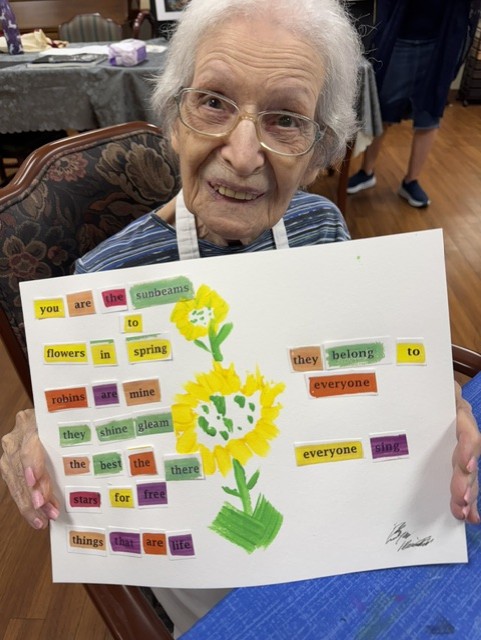Being Mortal is a meditation on how the many triumphs of modern medicine have impacted end of life decisions. We have many choices to make as we face death from our medical system built around “fixing” whatever ails us. “Should we try another chemotherapy?” “Do you want heroic measures taken to extend your life?” “Should another surgery be tried, if the recovery and pain may lead to suffering during our remaining days?”
Difficult Conversations
Author and surgeon, Atul Gawande, master storyteller, has faced many of these decisions in his own practice and has not always been comfortable with what he recommended to his patients. One illustration is the 34-year-old woman who, in the last month of her pregnancy, learns that she has stage 4 lung cancer. She is determined to do whatever she can to extend the time she has with her new baby. However, the cancer and related treatments debilitated her to the point where she was often unable to even hold her infant daughter. This may be a turning point for a difficult conversation about how hospice care may allow her a few months of relative comfort.
These conversations require practice that starts with listening to the goals of the patient. Perhaps they want to be able to attend an upcoming wedding. It could be as simple as wanting to have time to say goodbye to friends and family, or to live out their last days at home. Often, the answers to these questions will define the choices we make. Ironically, making a patient more comfortable sometimes extends life.
History of Aging Options
Even if you are not facing a terminal illness, Being Mortal can be a lesson in how our bodies age and what our options are as we grow older. What became of older people a century ago? Gawande cites a study in Greenwich Village in 1913. Some older residents were lucky enough to own their own homes, allowing them to rent out a room for sustenance. Others still had the ability to earn small sums in other ways. But barring that, the only option was going to a poor house, where conditions were horrific.
In the thirties, Social Security provided some basic safety net. But after WWII, everything began to change. Sulfa drugs, anti-biotics, heart medication and the growth of heart surgery, kidney transplants and other advancements in health care extended our life expectancy from 62 in 1939 to 78 in 2019. Doctors became heroes. But new challenges to caring for people as they aged emerged.
In 1946, Congress passed the “Hill-Burton Act” that helped fund hundreds of new medical facilities. For the first time, almost everyone had access to a hospital. Older patients, often having no other option, ended up filling hospital beds. So, in 1954 Congress passed legislation to establish nursing homes.
Often, the decision to move to a nursing home was based on maximizing safety. Quality of life was sacrificed for the convenience of the staff. Patients lost control of almost all aspects of their lives. They no longer had a private space, a choice of when to wake up, when to eat, or when to go to bed.
Visionary: Keren Brown Wilson
Gawande chronicles the last 30 years by sharing the stories of some visionaries who have found ways to improve the quality of nursing home care.
Keren Brown Wilson proposed an alternative to long-term nursing care which came to be known as “assisted living.” She thought residents should have a lock on their door, small private kitchens, pet cat, control of her heat, no roommate or required schedule. She thought it should feel more like a home. After securing an investor and obtaining all the necessary state approvals, they opened the first “assisted living” facility in Portland in 1983.
By the time she opened a second location in 1988, research revealed that the residents suffered less depression, had improved cognitive function, and comparative physical health. Low-income residents even saved the state 20% over standard nursing home care. By 2010 there were almost as many assisted living residents, as nursing home residents. But with this growth, the meaning of the term became less defined. Many organizations used “assisted living” for its marketing value. Today, many organizations offer a staged model, allowing individuals to move from “independent living”, to “assisted care” or “nursing care” as different supports are needed.
Visionary: Bill Thomas
Bill Thomas was an ER physician, and part time farmer who took a job as the medical director at a nursing home near Rochester, New York. He was immediately struck by what he perceived as a “lack of life” within the facility. People said he would get used to it, but he just could not. He developed a vision of bringing life into the nursing home. He gradually introduced some cats, dogs, real house plants, a garden and a bird for each resident. With each idea they had to confront many state-regulatory hurdles. Thomas saw the three plagues of nursing home life as “boredom, loneliness and helplessness.” decreased use of pharmaceuticals and even decreasing mortality rates compared to the more medical nursing home model.
Change toward Greater Understanding
Gawande believes that Thomas’ experiment illustrates a fundamental truth. Over the last 50 years, we have allowed the medical field to govern how we age and die. The experiment has failed. But through visionaries like Keryn Brown Wilson, Bill Thomas, and the growing acceptance of hospice and palliative care, things have begun to change.
In 1945, most deaths occurred at home. With the adoption of the philosophy of palliative care, today, the majority of patients die in hospice care. Our society is in transition, as we learn to grapple with end-of-life decisions and find alternatives to the medical model for those fortunate to live a longer life. Gawande provides us with personal stories, where many of these decisions went well and others went tragically wrong – leading to untold suffering with little or no benefit.
View all articles by:
























